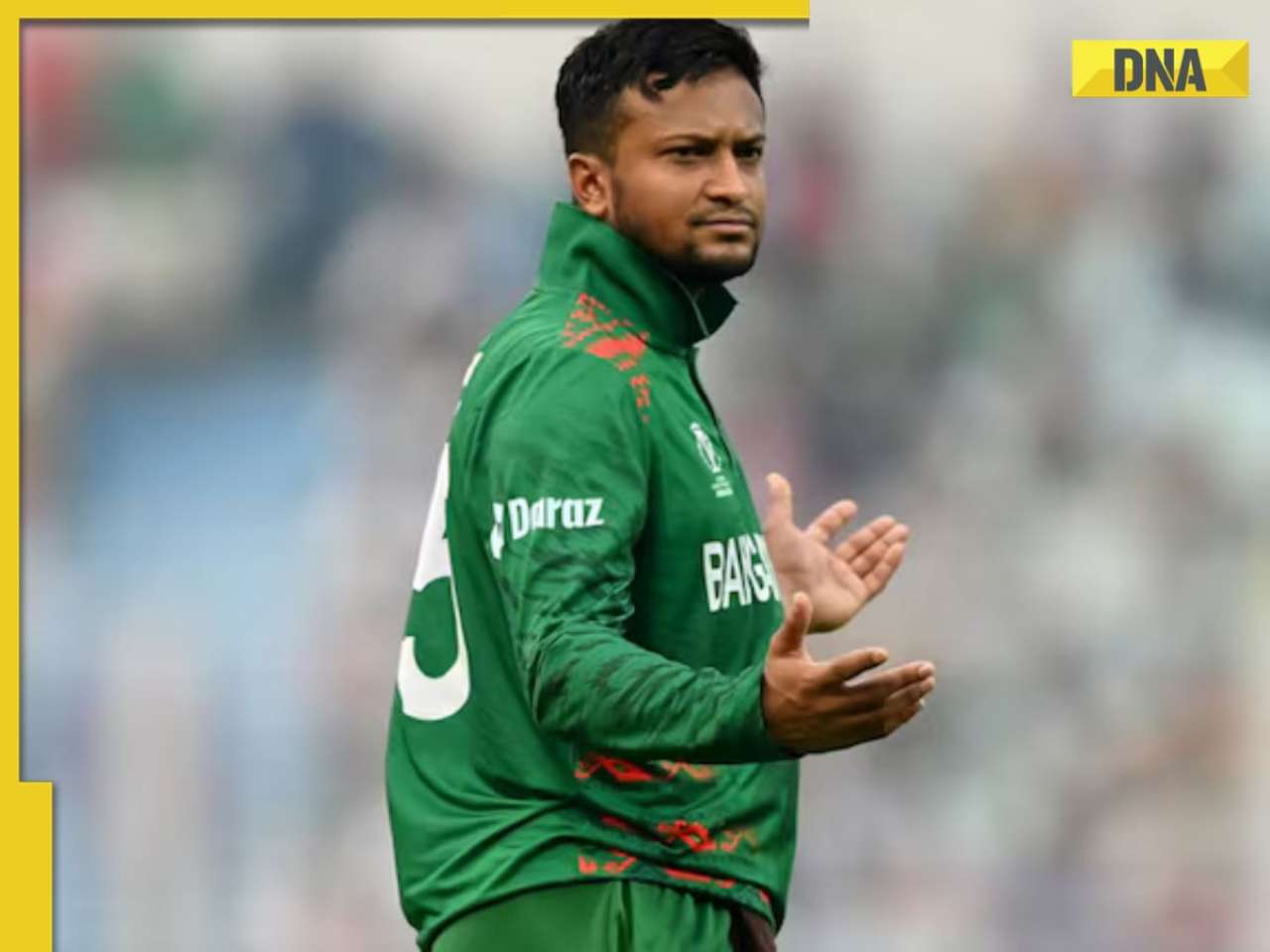Score draws: how collection of stars’ sketches celebrates football’s joy

Like the best stories, the biggest adventures and football itself, this begins in a pub. In 2005 the journalist Javier Cáceres flew from Berlin to Santiago to interview Leonel Sánchez in a bar called Munich where the former international had his own stein with his name on. Sánchez, the son of a boxer, joint-top scorer at the 1962 World Cup, was one of Chile’s greatest players and among the hardest too. Once leader of the team they named the Blue Ballet, what he did that day over a beer would, two decades on and purely by chance, bring together footballers from around the world in a unique collection of art.
In the Battle of Santiago, between Chile and Italy – memorably introduced by David Coleman as “the most stupid, appalling, disgusting and disgraceful exhibition of football, possibly in the history of the game” – it was Sánchez who broke Humberto Maschio’s nose and hit Mario David. But he then scored in Chile’s quarter-final against the Soviet Union, the radio commentator Julio Martínez embedding it in the collective conscience with shouts of “Divine justice!” Of Sánchez’s 260 goals, beating Lev Yashin meant the most. Yet as he described that moment, Cáceres couldn’t picture it. So he handed Sánchez a pen and asked him to draw it.
“I have a notebook, the typical Moleskine, and when I got home I looked at his drawing and thought: ‘Wow, how nice,’” Cáceres says. “I remember gazing at that picture as if it opened another door, another way of engaging. It was an idea that appeared by luck in a bar, but I thought that every time I met a player from then on I would ask about the nicest, most historic, most defining goal of their career, the story behind it – and ask them to draw it.
“A few days later I met Chamaco Valdés. He was younger than Sánchez but also scored against the USSR, in 1973. The Soviet Union refused to go, saying they wouldn’t play in a concentration camp – Chile’s national stadium had been used to hold, torture and execute prisoners after the coup – but the “game” went ahead. There’s a referee and no opponents. Chile kick off, four players pass among themselves and Chamaco, the captain, scores.
“An Italian book, Lo Stadio dei Sogni, narrates the goal, including the tale of Chamaco later apologising to Pablo Neruda [the Chilean poet, diplomat and politician]. I asked him about it, thinking that version was more or less true, but it was totally made up and he was indignant. For him, the goal was real, and it mattered: this was the second leg of the playoff that took Chile to the 1974 World Cup. He draws four crosses, the posts, an arrow, no keeper. Those are the stories that emerge with the pictures.”
Without knowing it yet, a collection had begun, a personal journey that followed Cáceres’s profession, notebooks filling with drawings, a kind of memory bank built. Cáceres had two goals then: across the next 20 years he collected more than 150, 118 of which have now been published in Germany in a book called Tore wie Gemalt. (Roughly: Goals as if Painted.)
“Some felt embarrassed. I remember Bobby Charlton saying: ‘No one ever asked me for anything like this before.’ And many protested: ‘But I can’t draw.’ That didn’t matter, and most agreed. Others were fascinated by what fellow players had done; I was struck by Mario Götze’s enthusiasm perusing the notebook, how he wanted to know which goals had been chosen. I didn’t know he was such a football fan.
“The collection becomes a book the day Diego Maradona dies. His goal against England in 1986 is the most important in the 20th century. I tried to get to him many times; at the Brazil World Cup I was close. I get called to replace a colleague on a TV show he’s on, too. He arrives late, stops to takes pictures with the staff, and misses it. The cleaning lady at the IBC came before his professional commitment, which says something about him. But I missed him. I had lots of goals: Beckenbauer, Müller, Charlton, Pelé, but not Maradona. When he died, I thought: it can’t get better now; this should be shared.
“I saw Pelé in 2006. He was in Berlin and had to get to Cologne that night. I was fortunate to get a brief slot with him but unfortunate to get the last, the day’s delays accumulating and making everyone nervous. The priority was the interview – I remember him saying it was true that Ronaldinho was bigger than Pelé … 4cm bigger – and when we get to the end, I say: ‘I collect goals. Can I ask you which means most to you?’ He says the most important was against Wales in 1958, the most beautiful against Sweden in the final, and the most difficult his thousandth; it’s only a penalty but everyone had been waiting weeks for it.
“Then he says: ‘Nah. Look …’ He asks the assistant, who is getting nervous because he has to get Pelé to the airport, for a marker and starts to draw. He’s in front of me so I can’t see what he’s doing properly. I listened back to the tape recently and he takes over two minutes, an eternity in that context, and I’m sweating, thinking: they’ll pull the pen from his hand and say: ‘We have to go.’ He draws the grass, the posts, the net, the ball, and then writes: 1282. He hands back the notebook and says: ‘All my goals were important.’”
Pelé, defined. His goal (goals) sits between Fernando Morientes and Marc Degryse, an expression of equality, the collection offered without order or hierarchy, each goal accompanied by the player’s explanation and recollection, sometimes imperfect. The result is nostalgia overload, continuous discovery, but it is more: there is something intimate in each image; in the goal – the life – they choose and the way they portray it.
“A goal makes us children again,” Jorge Valdano, the former Argentina international and Real Madrid general manager, writes in the prologue; Cáceres suggests: “Maybe drawing it does, too. What is a nice goal? The one you dream and the one you remember.”
NThe collection was nominated for the German football culture award, and the newspaper Die Zeit described it as a rebellion against endless analysis, where the innocence of a children’s game is overshadowed by so much noise from others. This puts the players back at the centre of it and hands them a pen. And yet even in its simplicity, every picture can pull you in deep, drawn to the detail, the meaning, the little curiosities and all they convey.
after newsletter promotion
“I don’t know about a personality revealed in each picture, but some perhaps serve as a kind of ‘psychograph’,” Cáceres says. “In Dunga’s case, say, maybe what you see is a fear. He draws the penalty from the 1994 World Cup. He does the goal very, very small and the signature alongside is huge. He says: ‘Do you know why it’s so small? Because that’s how it was in that moment.’”
Pep Guardiola’s goal looks like, well, a Pep Guardiola tactics board, although it is not just him: there are arrows and crosses and stick men everywhere. “That’s the default perspective, diagrams rather than drawings; maybe as professionals they are so used to seeing the game like that: almost all of them draw their goal from above,” Cáceres says.
Oscar Ruggeri alone breaks that trend. Gerd Müller’s drawing looks like a piece of abstract art. Lothar Matthäus’s is neat, organised. Steve Nicol’s could have been done by Quentin Blake. Alfredo Di Stéfano’s picture is indecipherable and, frankly, a bit phallic.
George Weah’s depiction of his famous run from one end to the other against Verona is glorious in its fullness, 14 little men on a page: “He drew all the opponents first, the entire pitch, and then the line as he dribbles through them all.” In Xabi Alonso’s picture, of his penalty and follow up in Istanbul at the 2005 Champions League final, Dida’s arms are long; it’s not a bad drawing, it is how Alonso saw the Milan goalkeeper. “If you look at Roberto Carlos’s, there’s a small rectangle by the goal. He explains that the secret of that free-kick was that he used the yellow advertising board for the French post office as a reference point. That’s what the rectangle is.”
Some choices are obvious, some less so. “Lillian Thuram scores two in the semi-final of France 98, the only goals he has ever scored [for France]. His [auto]biography is called 8 July 1998, the date of that game. But he chooses a game he plays as a kid that convinces a team unsure about signing him – because, he suspects, he’s black – to finally do so. Without that goal, there are no others. [Gary] Lineker chooses one against Poland in 86; a ‘normal’ goal that changes his life. Paul Breitner scores in the 1974 World Cup final but doesn’t choose that.”
As for Michel Platini, he hasn’t drawn his best goal at all; no art, just an autograph. “He signed his name and handed the notebook back. I said: ‘No, I need you to draw it.’ ‘I can’t.’ ‘Why not?’ ‘Because they took it off me.’ I watched it since: the goal, scored in the final of the Intercontinental Cup, is truly amazing and there’s no reason to rule it out.” Joy denied and not drawn. And that, in essence, is the point.
“This book has reconciled me with the world in a way,” Cáceres says. “A goal is a feeling of happiness that’s absolutely pure, nothing else.When I took my daughter in my arms for the first time I was happy but it comes with responsibility, places you before an abyss. A goal is a happiness with no asterisk. I never had the feeling that players chose and drew their goals for reasons of vanity, but joy. It’s not easy to define or depict a moment of pure happiness, which all these moments were, and that’s something special.”
Related
How did CFP finalist Notre Dame football lose to Northern…
ATLANTA — They bought into everything. And everybody.One week into the 2024 regular season, Notre Dame football did what it absolutely couldn’t do after ope
Reggie Bush’s Advice To Ohio State, Notre Dame Players in…
USC Trojans legend and Heisman Trophy winner Reggie Bush has advice for the Ohio State Buckeyes and Notre Dame Fighting Irish players who will battle in the Col
Pitt Football Offers Central Catholic 2026 DE
PITTSBURGH -- The Pitt Panthers have worked hard these past few weeks with their football recruiting, especially in the WPIAL.Class of 2026 defensive end Ashton
Texas Longhorns: 5 under-the-radar breakout candidates for 2025 football team
Names like Ryan Wingo and Trevor Goosby are familiar to most Texas football fans by now.Having already made an impact in 2024, they look set to be part of the n










